Nurturing Nature Indoors: Indoor Plant Management
By Ashmal Shah
9 August 2023
Bringing the beauty of nature indoors through vibrant greenery has become a trending decor choice. Indoor plants not only enhance the aesthetic appeal of your living spaces but also contribute to improved air quality and overall well-being. However, successful indoor plant management requires a blend of knowledge, care, and dedication. In this article, we delve into essential tips on how to effectively manage your indoor plants, ensuring they thrive and flourish in their indoor habitat.
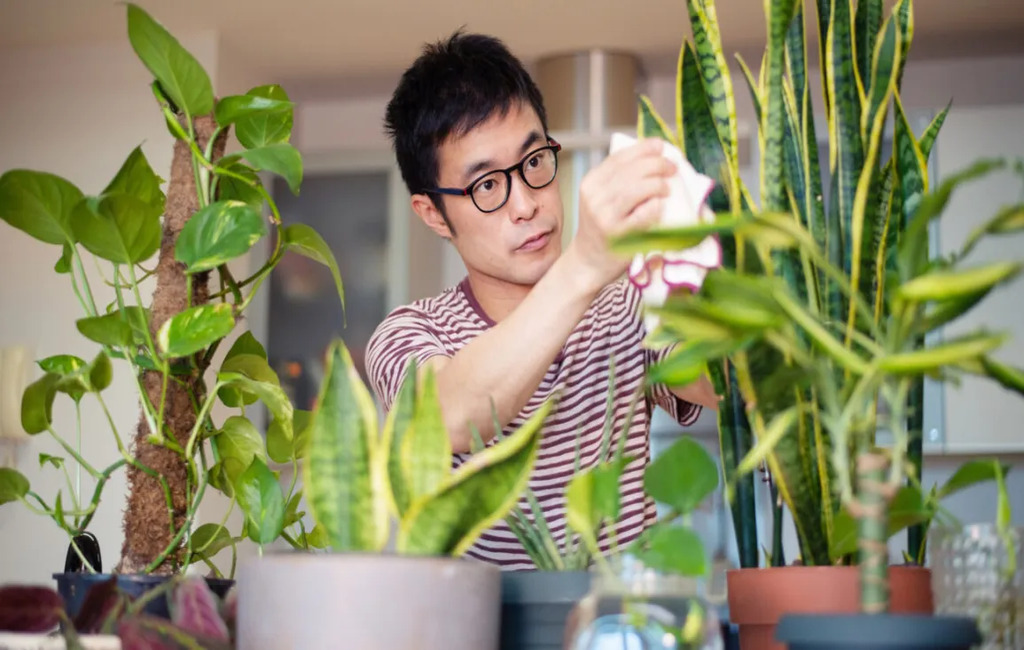
1. Choose the Right Plants
Begin your indoor plant journey by selecting species that align with your lifestyle and the conditions of your home. Consider factors such as light availability, humidity, and maintenance requirements. Opt for plants that are well-suited for indoor environments and fit the level of care you can provide.
2. Understand Light Requirements
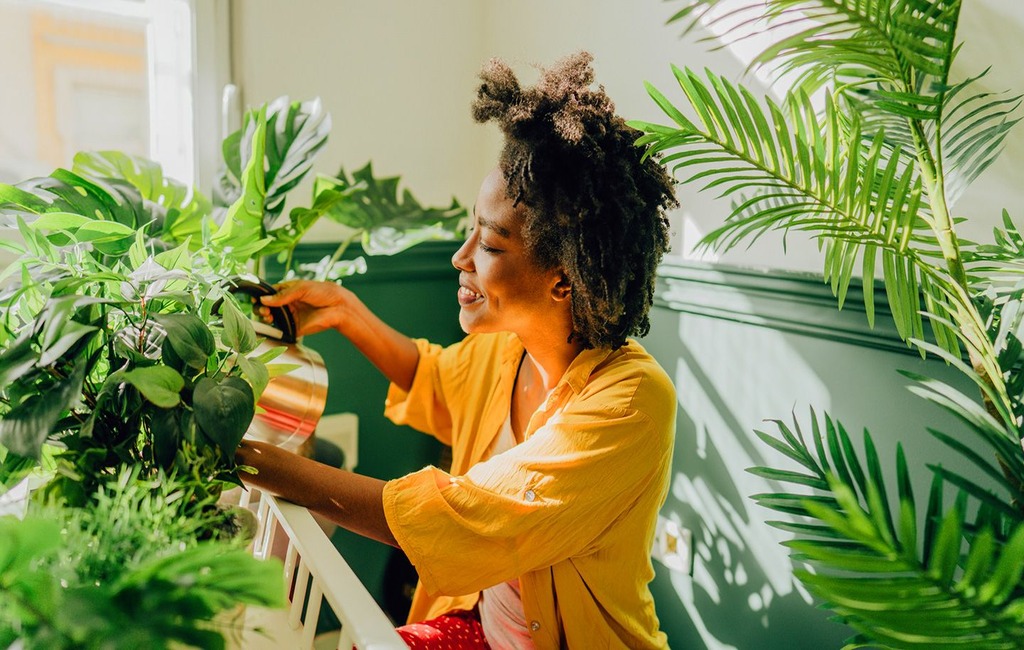
Light is a crucial factor for indoor plant health. Different plants have varying light needs, ranging from low to bright indirect light. Place plants in appropriate spots where they receive the right amount of light. Observe how the sunlight moves through your home and position plants accordingly to prevent overexposure or deprivation.
3. Master Watering Techniques
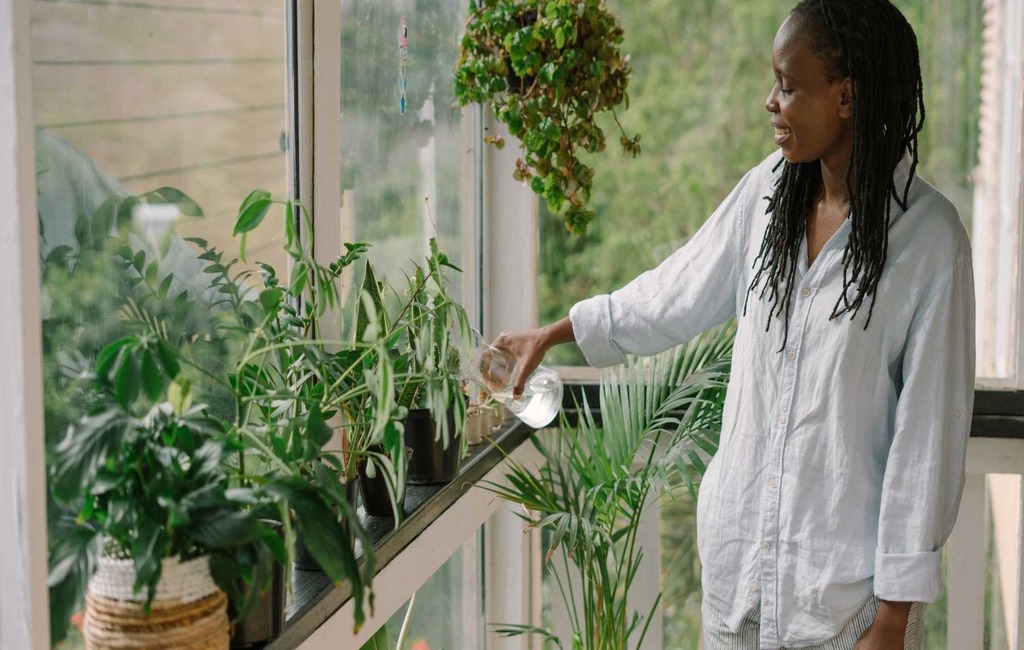
Watering is a fundamental aspect of indoor plant care. Understand the watering needs of each plant type—some prefer consistently moist soil, while others thrive in drier conditions. Avoid overwatering, as it can lead to root rot, and under-watering, which can cause wilting. Invest in a moisture meter or use the finger test to determine when to water.
4. Potting and Repotting
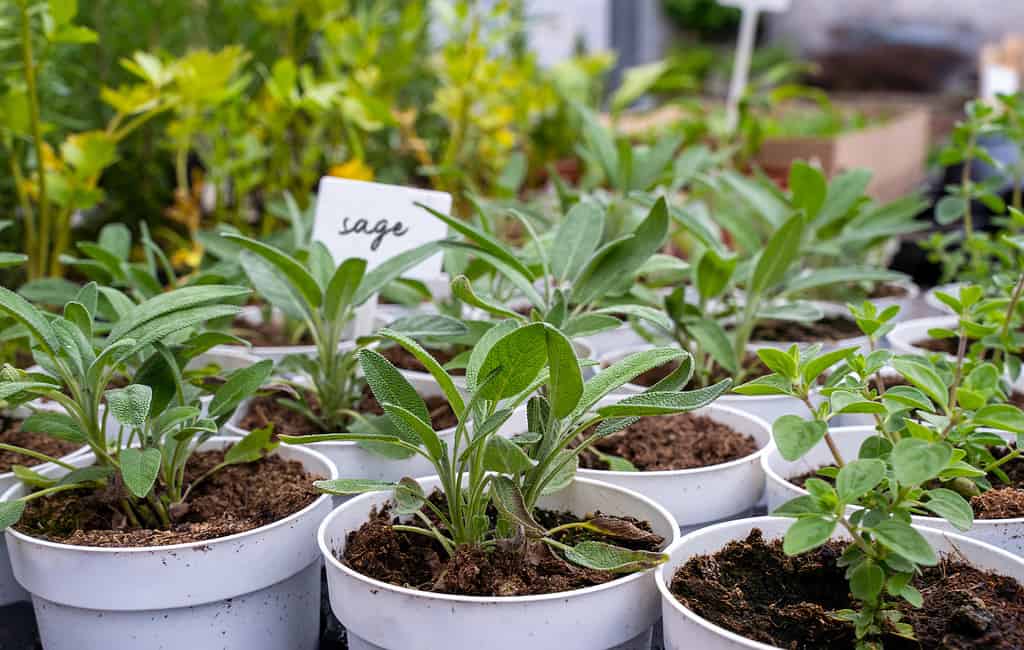
Select the right-sized pots with drainage holes to allow excess water to escape. Repot plants as they outgrow their containers or when you notice their growth has slowed. Repotting provides fresh soil and room for roots to expand, encouraging healthier growth.
5. Humidity and Temperature
Indoor plants often require specific humidity levels to thrive. Mist plants with a spray bottle or use a humidity tray to maintain adequate moisture in the air. Additionally, be mindful of temperature fluctuations and drafts that can stress plants. Keep them away from heaters, air conditioners, and direct vents.
6. Pruning and Maintenance
Regularly inspect your plants for any signs of yellowing leaves, pests, or diseases. Trim dead or unhealthy foliage to promote new growth and prevent the spread of issues. Regular maintenance, such as dusting leaves and checking for pests, ensures a healthier plant environment.
7. Fertilize Wisely
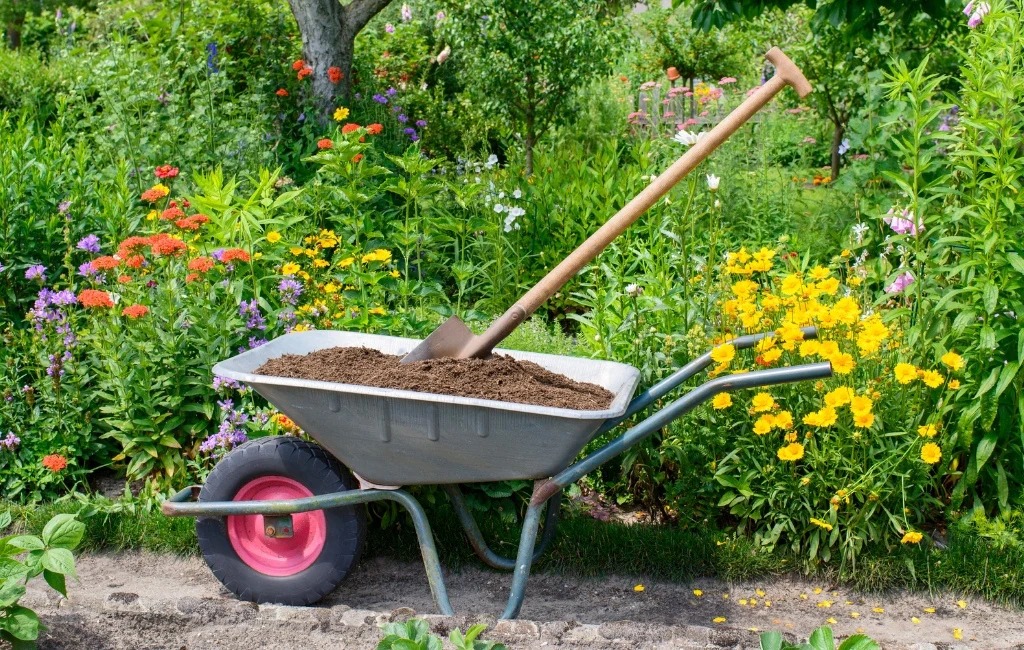
Indoor plants benefit from occasional feeding, especially during their active growing seasons. Choose a balanced, water-soluble fertilizer and follow the recommended dosage. Over-fertilizing can lead to nutrient imbalances and damage to the plant.
8. Rotate and Rearrange
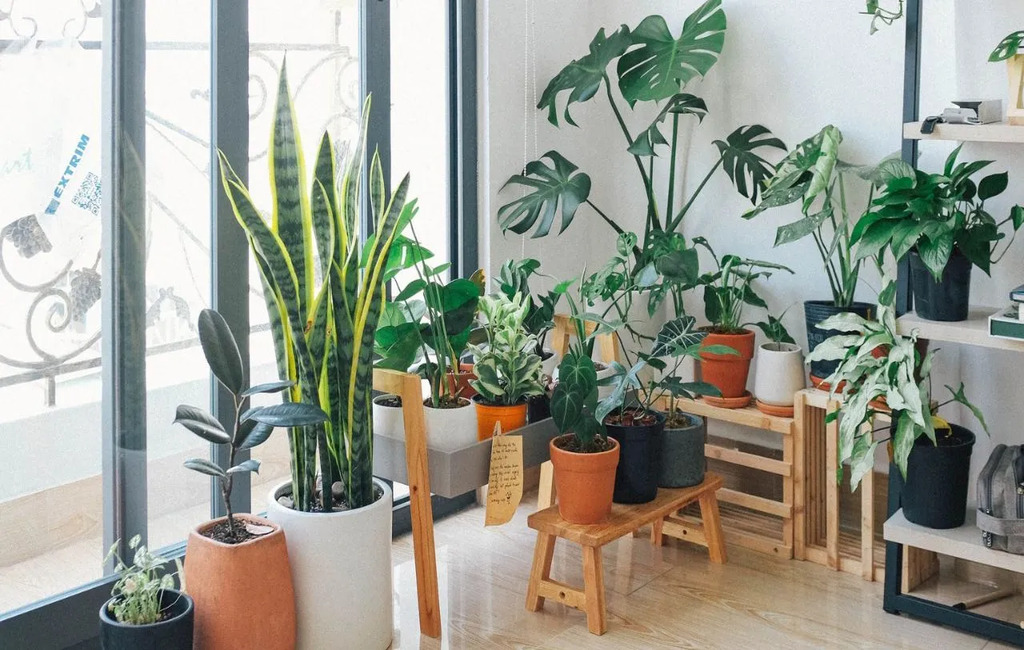
Rotate your plants periodically to ensure all sides receive even light exposure. Rearranging plants can also help prevent overcrowding and promote healthy growth patterns.
9. Pest Control
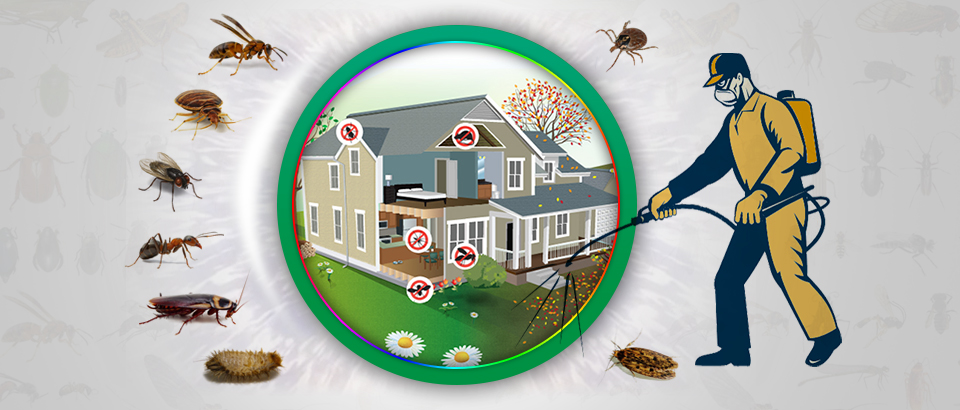
Monitor your plants for signs of pests like aphids, spider mites, or mealybugs. If you notice an infestation, take immediate action using natural remedies, insecticidal soaps, or neem oil.
10. Learn from Experience
Indoor plant care is a learning process. Pay attention to how your plants respond to different conditions and adjustments you make. Adapt your care routine based on their feedback to create an optimal environment for growth.
Conclusion
Managing indoor plants is a rewarding journey that allows you to connect with nature in the comfort of your home. By understanding the unique needs of each plant, mastering watering techniques, and creating an ideal environment, you can ensure your indoor green companions thrive and bring life to your living spaces. With a blend of care, patience, and a touch of green-thumb intuition, you'll cultivate a vibrant indoor garden that not only enhances your decor but also nurtures your well-being.






